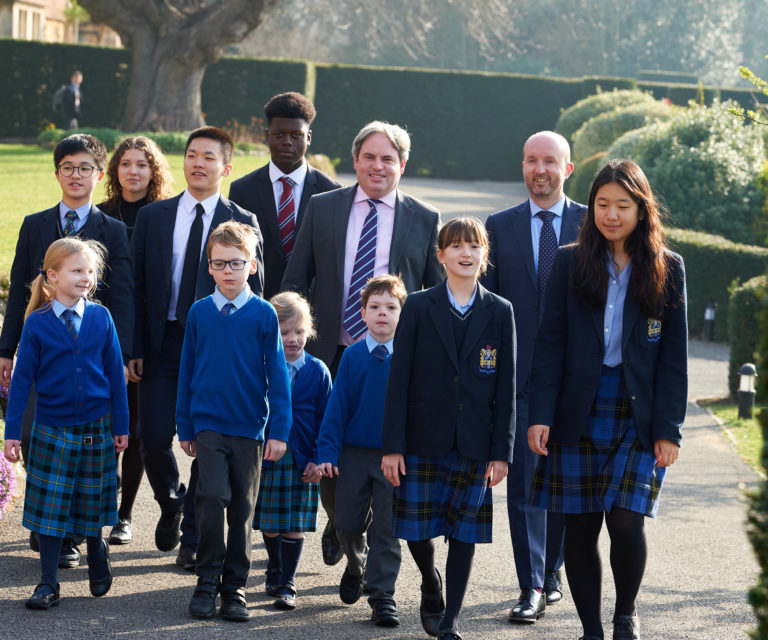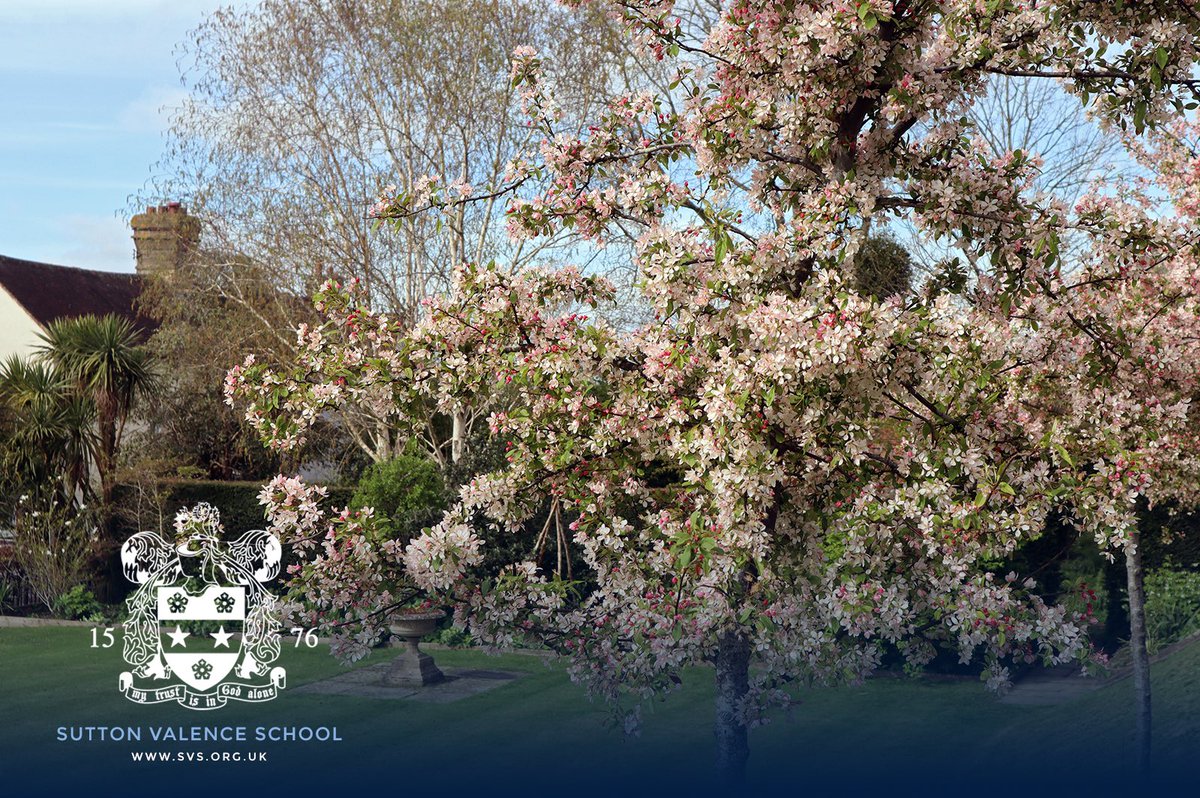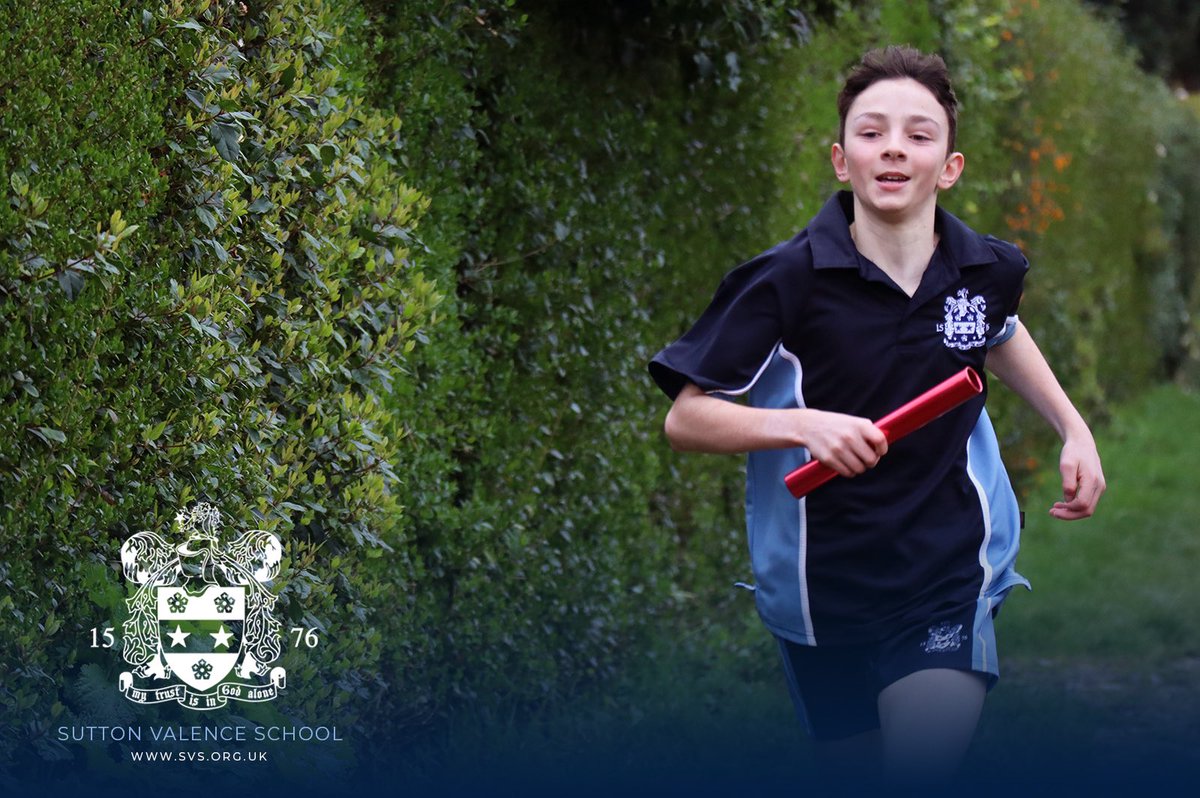After studying Macbeth with Year 6 for the past few weeks, I asked a pupil, ‘Who is Macbeth?’. To answer the question, the eager learner recalled the information that they had memorized from the reading. After acknowledging their efforts and accepting these initial, somewhat superficial answers, I probed still further, using HOTS questioning techniques.
HOTS (higher-order thinking skills) questions are those that pupils cannot answer just by simple recollection or by reading the information ‘verbatim’ from the text. HOTS questions put advanced cognitive demand on pupils; they encourage children to think beyond literal questions. HOTS questions promote critical thinking skills because these types of questions expect children to apply, analyse, synthesize and evaluate information, instead of recalling facts. For instance, application questions require pupils to transfer knowledge learned in one context to another. Analysis questions expect learners to break the whole into component parts such as mood, settings, characters, opinions, inference and conclusion. Synthesis questions challenge our children to use old ideas to create new ones using information from a variety of sources and evaluation questions encourage judgement forming, explanation and justification skills, using evidence to support decisions.
According to educational research, HOTS questioning increases neural branching, the opposite of neural pruning, whereby a child’s brain becomes more open-minded and flexible. HOTS questioning is not a one-way process, whereby the adult needs to always be the ‘question master’. Indeed, an environment where children feel free to ask questions is to be encouraged. At SVPS we work hard to help our children understand that the very best kind of questions are the ones that often lead to more questions. The ‘restless answer’ is one where the teacher or peers probe deeper; unaccepting of a simple yes or no. In our lessons across the School, we orchestrate learning situations that teach our children how to use different problem-solving strategies, such as using mind maps, story mountains or such. Teaching children step-by-step methods for solving problems encourages structure and systematic approaches to learning. We also encourage children to use alternative methods to solve problems as well, approaching challenges from different angles. Creative thinking at SVPS goes way beyond the art of creative writing. Offering meaningful opportunities to invent, imagine and design helps children process and understand information better, helping them to ‘think out of the box’.
I recently attended a webinar about thinking, led by Tony Ryan. We explored some very interesting activity suggestions to nurture children’s HOTS. Suggestions included: Drawing a picture to show a particular event Make up a puzzle or game about a topic of study Write a biography for a book character Conduct a debate about an issue of special interest Write or discuss a different ending to a story.
This is just the tip of the iceberg. There is no end or limit to being creative when enhancing these skills that our children need to be competent in – the beauty of HOTS questioning is that as a concept; it is never-ending. At SVPS, we welcome HOTS questioning and embrace the understanding that our children’s thirst for learning is as it should rightly be, unquenchable.
Mrs Harrison, Academic Deputy Head





